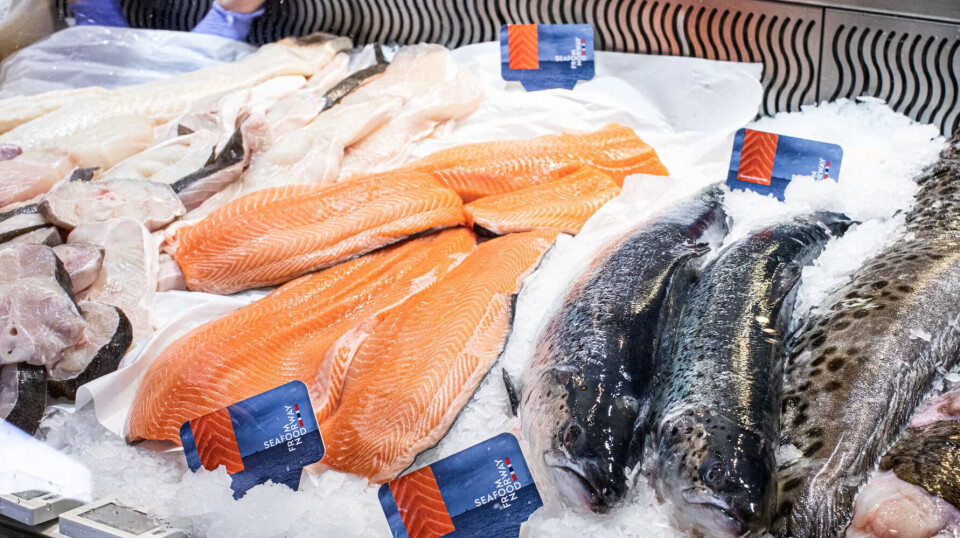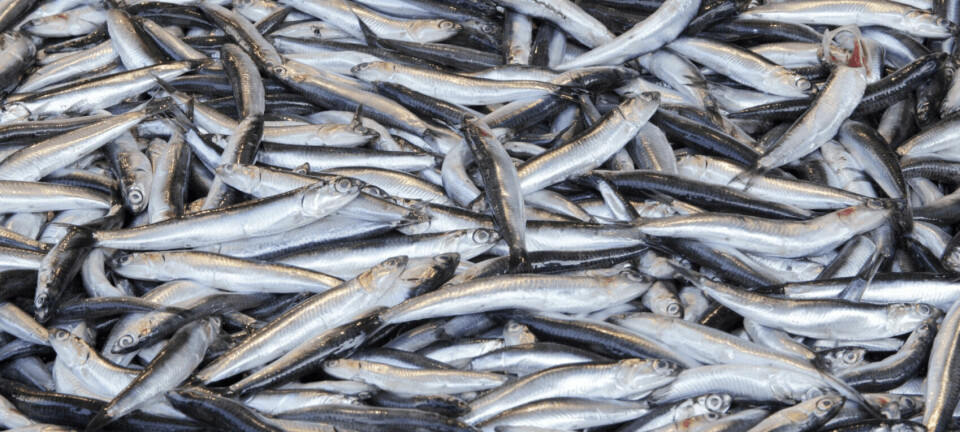
NOK value of Norway salmon exports rose by 18% last month
Weak currency, increased volume, and market effects pushed earnings to NOK 11.7bn
The NOK value of salmon exported by Norway in November was the second highest this year, after October’s peak, the Norwegian Seafood Council said today.
Norway exported 128,324 tonnes of salmon worth NOK 11.7 billion (£854.5 million), an increase of NOK 1.7 billion, or 18%, compared to November last year. The volume of salmon exports increased 3% year on year.
The total value of Norway’s seafood exports in November reached NOK 16.7bn, an increase of NOK 2.4bn (17%) compared to November 2022.
“On 13 November, seafood exports surpassed the 2022 full-year export total of NOK 151.4 billion. This year, we expect the value of Norwegian seafood exports will exceed NOK 170 billion, for which we can largely thank the weak Norwegian krone,” said Christian Chramer, chief executive of the Norwegian Seafood Council.
15% increase in NOK
So far this year, Norway has exported NOK 158.2bn worth of seafood, the majority of which is salmon. This represents a value increase of 15% in NOK compared to the same period last year.
“The export value so far this year is approximately NOK 20 billion higher than at the same time last year. Almost two-thirds of this increase in value can be attributed to a weaker Norwegian krone. The euro, which is our most important trading currency, has strengthened by 14% against the Norwegian krone in the past year,” explained Chramer.

Poland, France, and the Netherlands were the biggest markets for salmon in November.
Exports to Poland, where a lot of secondary processing takes place, had the greatest increase in value in November, with an increase in export value of NOK 568 million, or 43%, compared to the same month last year.
The export volume to Poland was 22,887 tonnes, which is 20% higher than the same month last year.
The strong year-on-year increase on the value of salmon exports in November was due to increased volume, the weak krone, and price effect in the markets, said the Council.
Growth in demand
“Price increases at the same time as volume growth show that there is still growth in demand for salmon, compared to the same period last year,” said Council seafood analyst Paul Aandahl.
The peak season for the sale of smoked salmon in Europe is approaching, and the large processing market in Poland is leading the way in value growth for salmon.
“After the pandemic, we saw a fall in European home consumption of smoked salmon. Now we are again seeing volume growth for smoked salmon in several of the major countries in Europe,” said Aandahl.
31% more trout exported
Norway exported 6,397 tonnes of trout in November worth NOK 561m, an increase of NOK 114m, or 25%, in returns and 31% in volume compared to November last year.
Ukraine, the United States, and Lithuania were the biggest markets. The export volume to Ukraine was 1,174 tonnes, which is 148% higher than the same month last year.
“It is the first time since the war started that Ukraine is our biggest market for trout,” said Aandahl.
Salmon is also popular, and together with trout, Ukraine was Norway’s 15th largest salmon fish market in November, with a total export value of NOK 209m, an increase of 44% compared to November last year.
More farmed cod
Exports of fresh wild-caught cod declined, but more farmed cod went abroad.
“Farmed cod continues to increase in volume. With an export of 960 tonnes in November, the volume increased by a whopping 93% compared to last year. With an export value of NOK 56 million, 39% of the export value of fresh cod in November was farmed cod,” said seafood analyst Eivind Hestvik Brækkan.
Spain remained the largest destination country for farmed cod, with 350 tonnes and 37% of the total export volume of farmed cod in November.
UK No.1 for frozen cod
Norway exported 5,150 tonnes of frozen cod worth NOK 269m (up NOK 31m/13%) in November, with the United Kingdom, China and Vietnam the largest markets.
The UK is Norway’s largest market for frozen cod. So far this year, 29% of the export value of frozen cod has gone to the UK, which is a growth of 20% compared to the same period last year. This is the highest proportion since 2008.
“This is as expected after the UK introduced increased export tariffs on imports of Russian whitefish last summer,” explained Brækkan.
In November, the export volume of frozen whole cod to the UK increased by 43%, to a total of 990 tonnes, while the export of frozen fillets fell by 26%, to 184 tonnes.




















































